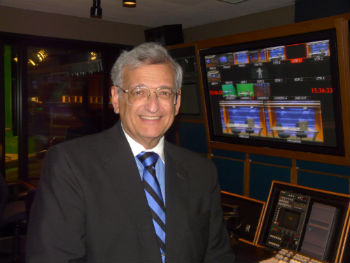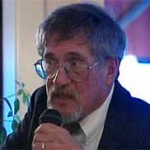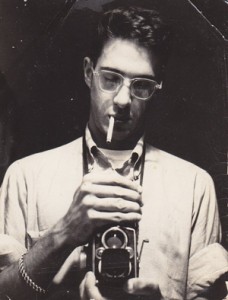Former state Rep. Winkler appointed to Freedom of Information Commission
Former state Rep. Lenny T. Winkler has been appointed to the Connecticut Freedom of Information Commission by Gov. Dannel P. Malloy and confirmed by the state Senate.
Winkler, who represented the 41st District, was sworn in as a commissioner on May 22. Her term runs until June 30, 2016. She serves with eight other commissioners…




